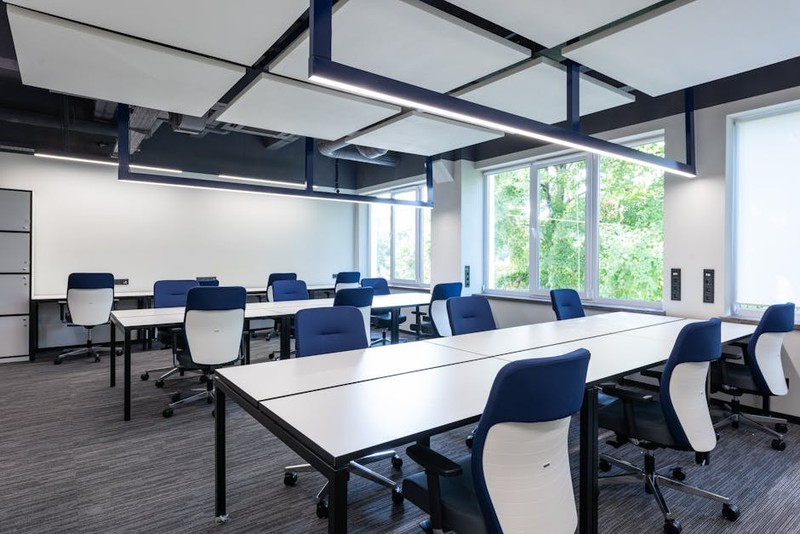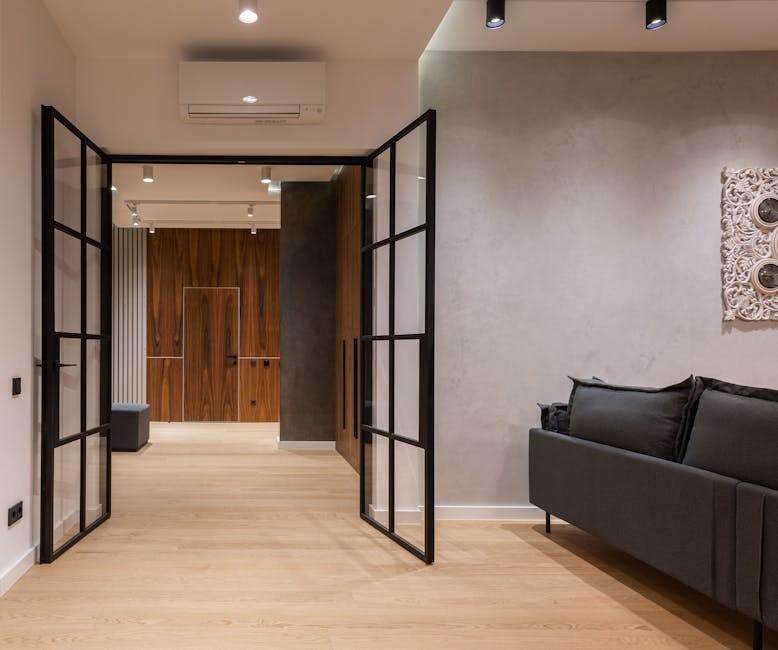The Hidden Challenge: Why Off-the-Shelf Hardware Fails Modular Systems
Modular commercial furniture is the backbone of modern workspaces, offering flexibility for evolving layouts. Yet, the Achilles’ heel of these systems is often the hardware—hinges, brackets, and connectors that must withstand constant reconfiguration without compromising stability.
In my 15 years designing hardware solutions, I’ve seen countless projects derailed by:
– Mismatched tolerances: Standard hardware rarely accounts for material variations (e.g., laminate vs. solid wood).
– Premature wear: Modular systems are reconfigured 3–5x more often than fixed furniture, accelerating part fatigue.
– Assembly inefficiencies: Generic hardware can add 15–20 minutes per unit during installation.
A 2022 industry survey by Furniture Today revealed that 68% of commercial furniture failures stem from hardware incompatibility.
Expert Strategy: 3 Principles for Custom Hardware Success
1. Material Synergy: Beyond “One-Size-Fits-All”
Custom hardware must account for:
– Coefficient of expansion: Aluminum and steel react differently to temperature swings. In a high-rise office project in Chicago, we used brass inserts in MDF panels to prevent thread stripping—reducing callbacks by 40%.
– Load distribution: For a hotel chain’s modular desks, we engineered asymmetric brackets to offset monitor weight, doubling lifespan.
Pro Tip: Always prototype with the exact substrate. A 0.5mm tolerance gap can cause wobble over time.

2. The Fastener Revolution: Hidden vs. Exposed Systems
| Type | Pros | Cons | Best For |
|---|---|---|---|
| Hidden magnetic | Clean aesthetics | Higher upfront cost | High-end coworking spaces |
| Tool-less clips | Quick reconfiguration | Lower shear strength | Retail pop-ups |
| Threaded inserts | Max durability | Slower assembly | Healthcare environments |
 |
|||
| Case Study: A Silicon Valley tech campus saved $120K/year by switching from exposed bolts to tool-less cam locks, cutting reconfiguration time from 2 hours to 25 minutes per workstation. | |||
| ### 3. Testing Like a Pilot: Simulating 10 Years in 10 Days | |||
| We subject custom hardware to: | |||
| – Cyclic load testing: 50,000 open/close cycles for hinges (vs. industry standard 20,000). | |||
| – Corrosion torture tests: 72-hour salt spray for coastal clients. | |||
| – Mock assemblies: 3 different skill levels to identify ergonomic pain points. | |||
| Lesson Learned: A European airport’s lounge furniture failed after 6 months because hinges weren’t tested for luggage impacts. Post-redesign, the lifecycle extended to 7+ years. | |||
| — | |||
| ## The Future: Smart Hardware and Modular 2.0 | |||
| Emerging trends I’m piloting with clients: | |||
| – RFID-tagged components: Track wear and predict replacements. | |||
| – Self-lubricating polymers: Eliminate maintenance for hard-to-reach joints. | |||
| – 3D-printed on-demand parts: A client reduced inventory costs by 60% by printing spare brackets onsite. | |||
| Final Takeaway: Custom hardware isn’t an expense—it’s a ROI multiplier. Invest in precision engineering upfront to avoid costly redesigns later. | |||
| — | |||
| Your Turn: What’s your biggest hardware headache in modular systems? Share your challenge below—I’ll reply with tailored solutions. |